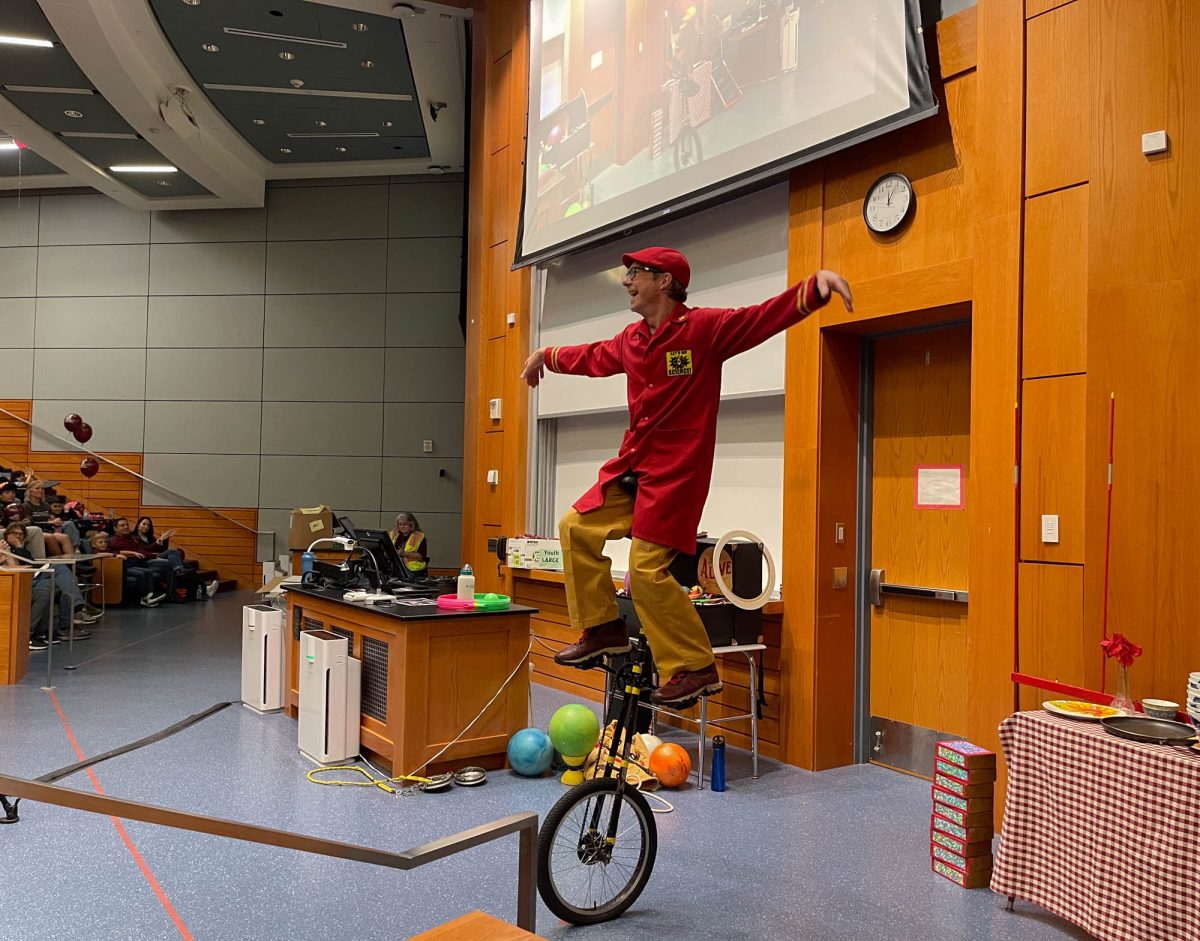When the first Aggie Bonfire burned in 1909, it was a haphazardly built pile of wood and trash. Ninety years later, when the stack collapsed, killing 11 students, one former student and injuring 27, it had evolved into a 55-feet-high, layered structure of cut logs requiring tens of thousands of manhours to build.
Originally built off campus after a victory over the University of Texas (UT), the event became a Thanksgiving staple and came to symbolize Aggies’ “burning desire” to beat archrival UT. The event moved to campus in the early 1920s, and the stacks grew bigger and bigger. In 1946, students began using a “center pole” to build a taller stack. The tallest Bonfire ever constructed was in 1969, when it stood 109-feet, 10-inches high. Since 1970, Bonfire was restricted to a height of 55 feet and a width of 45 feet.
Bonfire moved from O. R. Simpson Drill Field in 1955 to the front of the Memorial Student Center, where it remained for 37 years. In 1992 it moved to its most recent location, at the intersection of University Drive and Texas Avenue on the polo fields.
The construction of Bonfire required months of preparation beginning with “cut,” when students would go to a forest site designated to be cleared, and they cut the wood using axes.
While some equipment and cranes were used during “stack,” most of the work was done with manpower. Built like a layered cake, each log was lifted with pulleys and tied vertically in place with wire. The event was student led, with the design and construction supervised by student leaders known as “red pots.” The stack collapsed in 1994, but no one was injured and Bonfire was rebuilt within a week with the help of former students and burned on schedule.
But Bonfire, and Texas A&M, would never be the same after 2:42 a.m. Nov. 18, 1999, when the stack collapsed. A special commission, tasked with investigating the cause of the collapse, concluded that structural design flaws were the result of a “tunnel vision” approach by the University that ignored safety concerns and allowed untrained students to build a complex structure with no supervision.
Following the commission’s report, A&M President Dr. Ray Bowen announced that Bonfire would be postponed until 2002 and imposed several safety restrictions, including the elimination of “cut” and oversight by professional engineers.
“This restructuring must produce a well-managed student project, which is forever safe, which projects a positive image for the University and which respects the academic demands on our students,” Bowen said.
The Bonfire Steering Committee, a group of students and staff charged with designing a new Bonfire within Bowen’s parameters, is expected to complete its work next spring.
Bonfire played major role in 90 of A&M’s 125 years
October 3, 2001
0
Donate to The Battalion
$2065
$5000
Contributed
Our Goal
Your donation will support the student journalists of Texas A&M University - College Station. Your contribution will allow us to purchase equipment and cover our annual website hosting costs, in addition to paying freelance staffers for their work, travel costs for coverage and more!
More to Discover









